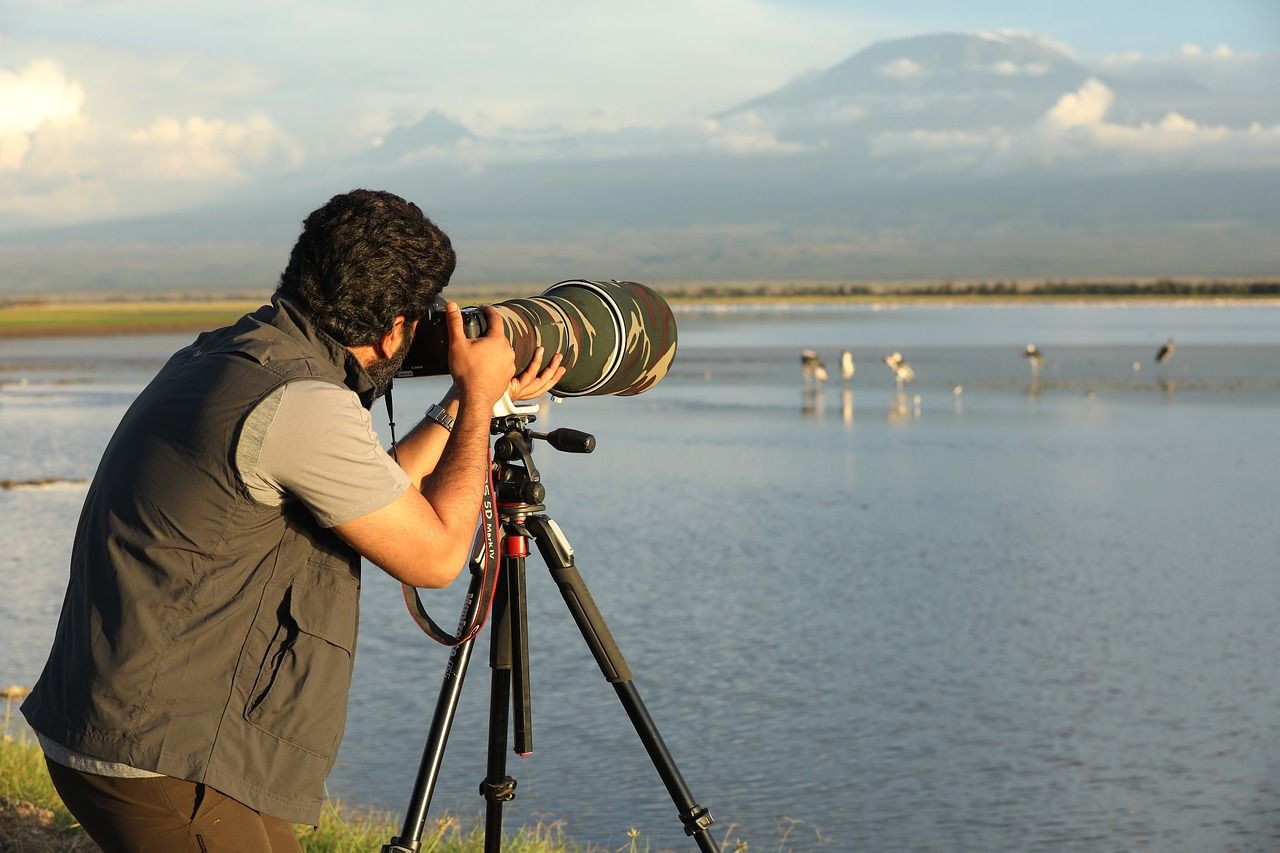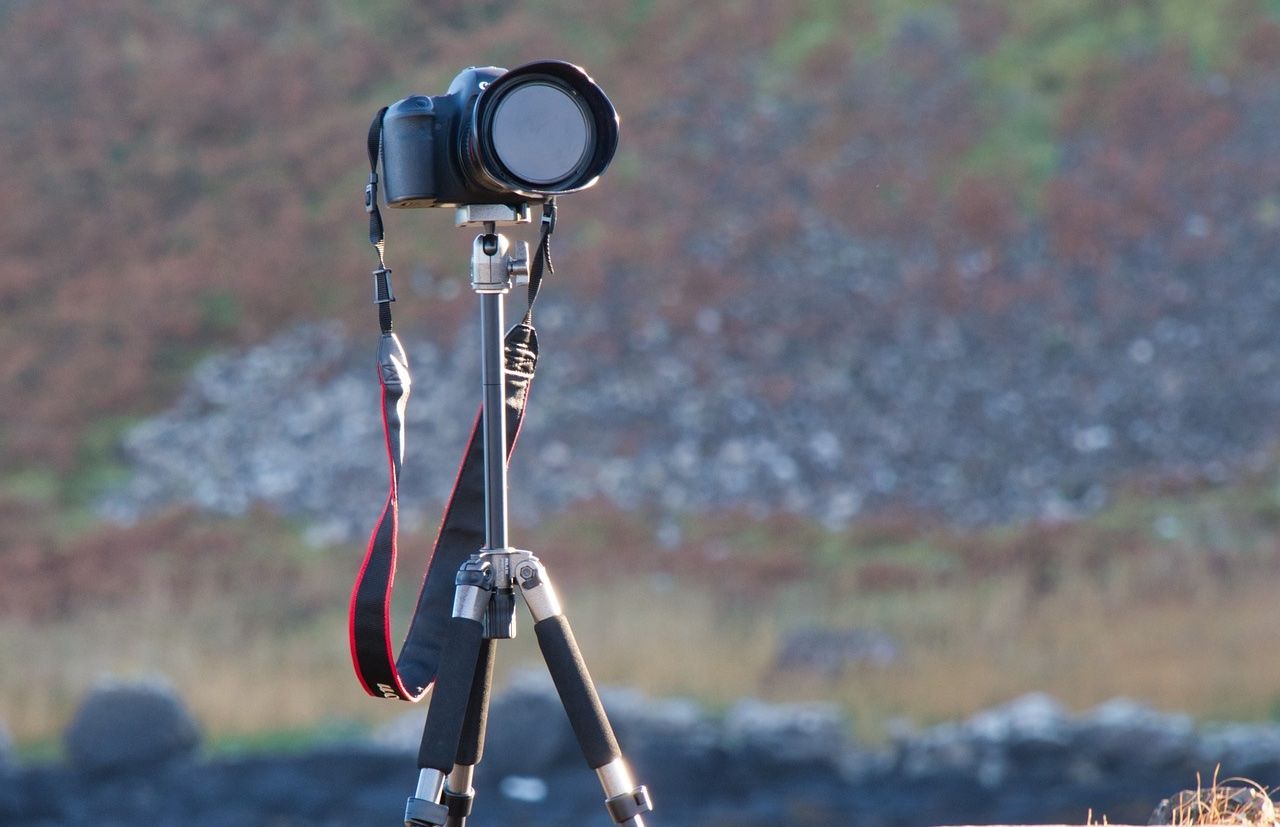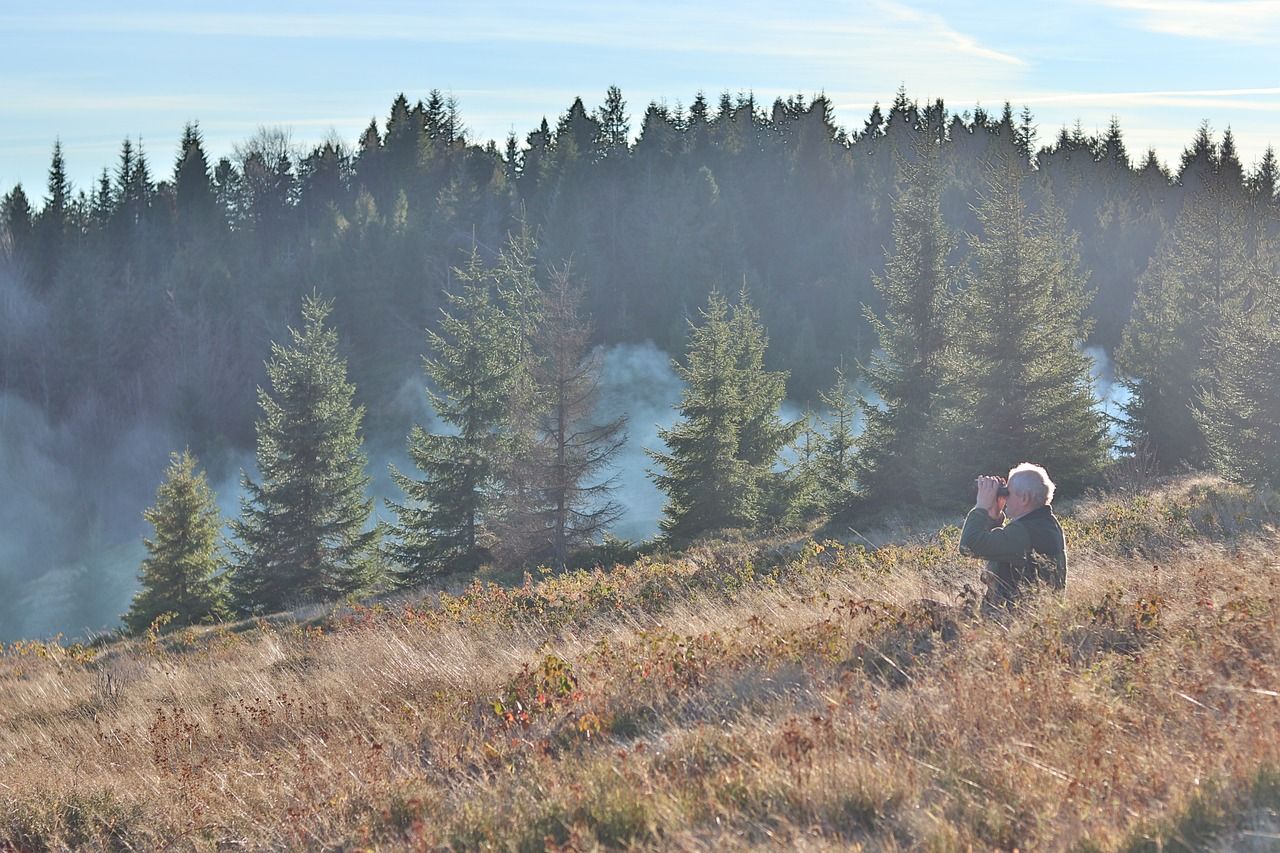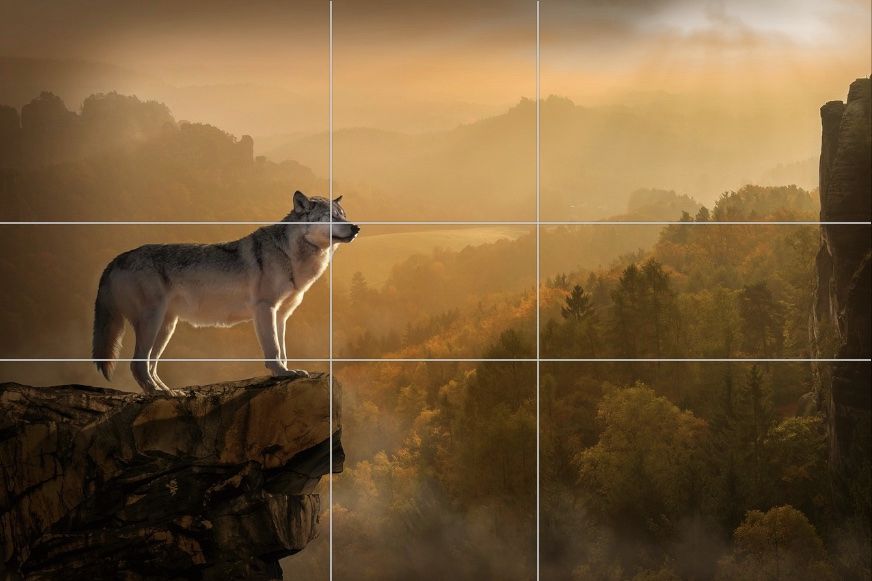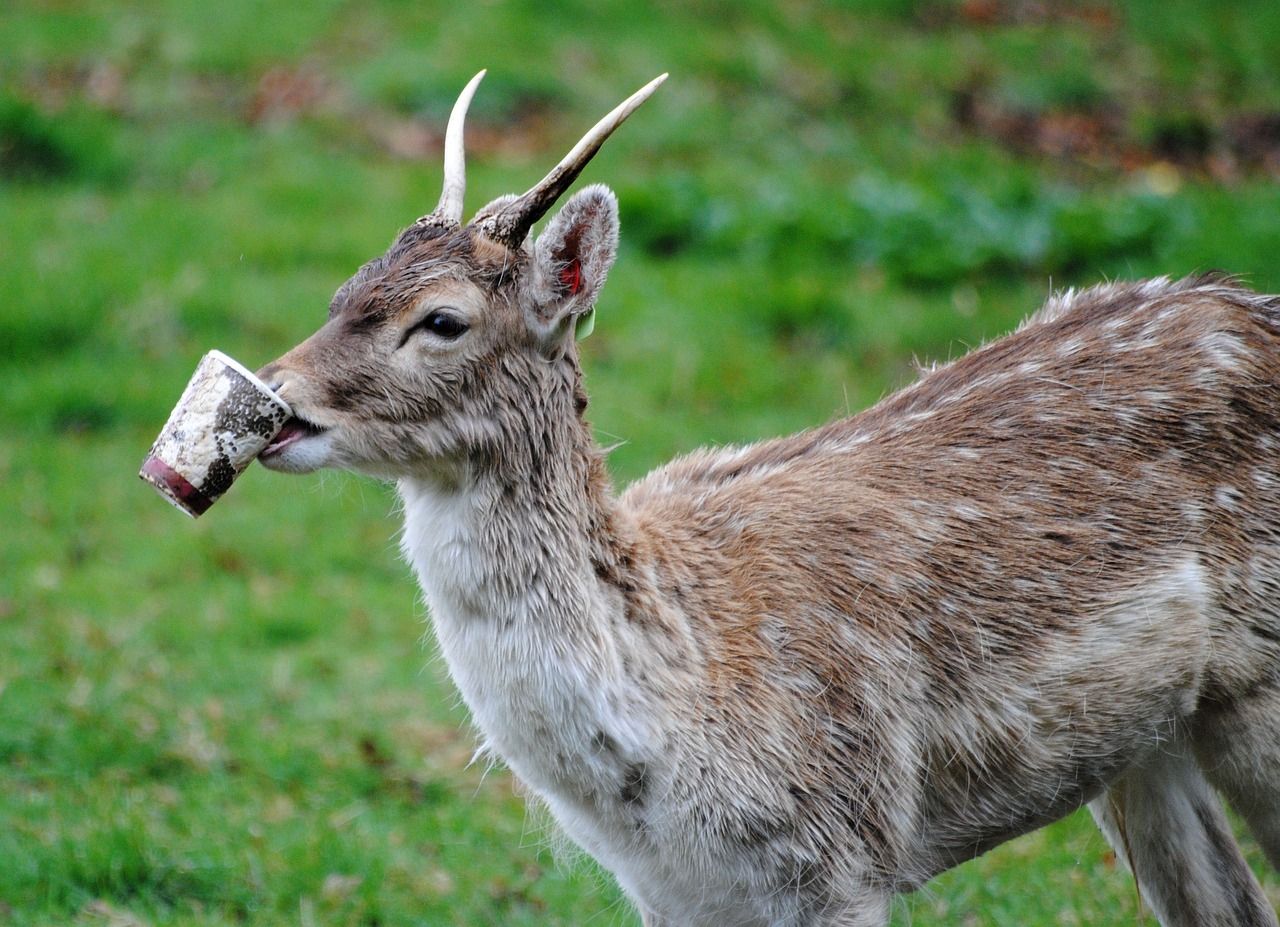Are you an enthusiastic wildlife photographer looking to improve your photos? You are in the right place. Apart from a genuine interest in nature and mastering your camera’s settings, you should know a few things to be a successful wildlife photographer.
From finding the right gear to proper etiquette and everything in between, here are our top tips to ace your wildlife photography game.
1. Study Your Subject
If you’re lugging your camera and aimlessly walking in the woods, it’s not enough. You have to pick a subject and learn all about it. You don’t have to choose the big predators—start small with squirrels, raccoons, beavers, foxes, and other small animals. Birds are also great.
Plan to stay in the forest and observe their behavior. You’re not going to become an expert in a day, but anything you learn is going to help you take better pictures. So, relax and just watch your little friends. It will help you understand the right time for shooting and your best vantage point.
2. Choose a Telephoto Lens
Are you serious about wildlife photography? Then, you have to have something better than your standard kit lens. It’s wise to invest in a telephoto lens that can help you reach your subject better. Aim for a focal length of 300 or more. It is also ideal if the lens is fast with an aperture of f/4 or wider.
Unfortunately, these types of lenses can cost a fortune. But fret not. You can start with inexpensive lenses with small apertures, choose a third-party brand like Sigma or Tamron, or buy second-hand.
3. Buy Weatherproof Gear
As a wildlife photographer, you will be shooting outdoors and exposed to the elements. You will also likely be photographing various animals throughout the seasons. Unfortunately, dust, sand, and moisture can get into your camera or lens and wreak havoc on your prized gear.
So, along with protecting yourself, you have to invest in weatherproof gear. You can also find covers or housing for your existing cameras and lenses on Amazon.
4. Pack Your Tripod
If you’ve used the kit lens or the famous nifty fifty lens, you may not have had the chance to use a tripod. But carrying one is a must when you use a telephoto lens. This is because you will use a faster shutter speed with a long lens.
You can calculate the approximate minimum speed required to keep your images clear and sharp based on your lens’ focal length. For example, your minimum speed for a 50mm lens will be 1/50th of a second. It increases to 1/300th of a second if you use a 300mm lens.
So having a tripod is crucial to get sharp photos. Just be mindful of the most common tripod mistakes. If carrying a tripod is a hassle, you need at least a monopod to avoid blurry images.
5. Use the Priority Modes
You may believe that shooting in manual mode is what pro photographers do. But it doesn’t have to be. You don’t want to fiddle with your camera buttons and lose the precious shots. Instead, simply use the shutter or aperture priority modes and let the camera help you.
If your subject is fast-moving, shutter priority is the mode you should go for. Your camera will take care of the aperture while you focus on keeping the shutter speed high. You can also opt for the burst mode to shoot continuously.
Are you looking to take a perfect portrait of an animal? Then, use the aperture priority mode to adjust the f-number. Your camera will choose the shutter speed in this case.
6. Develop Patience
You can’t get the wild animals to pose to your whim and fancy, so learn to be patient. You may have to wait for hours to get that one perfect shot. It would help if you also learned to be still to avoid spooking wildlife.
Practicing mindfulness can help you stay focused and avoid distractions. When you’re mindful, you’ll also find the right moment to find beautiful shots. A millisecond distraction can cost you an award-winning image.
7. Bump Up the ISO
We all know the drill: always keep the ISO low. But with wildlife photography, following this rule can be tricky.
First, you have a long lens that needs a higher shutter speed, and most likely, you’re in the woods where the light may not be great. Plus, your wildlife subjects will not pose under a beauty dish. So your best option is to forget the noise and increase the ISO.
If you have photo editing software, it can take care of the noise. The more important thing is not to miss the shot.
8. Be Creative With Your Composition
The idea of a flawlessly symmetrical wildlife portrait is great but outdated. Be prepared to push your limits and try different compositions. Have a clear vision in your mind when you’re setting up camp to photograph. Then, wait for the right moment.
Also, study other wildlife photographers’ works and brush up on your composition basics. For example, the rule of thirds and symmetry are some compositional rules that work great for wildlife. You can also add layers to your composition to make it more powerful.
9. Practice, Practice, Practice
If you want to improve your photos, the best way is to practice regularly. Taking snapshots once in a while will not make you a better photographer. So aim to go out frequently to polish your skills.
You don’t have to plan extensively and visit a national park. Instead, just try the woods nearby or visit a zoo. By doing this, you will develop an eye for composition, get comfortable with your camera, and become more knowledgeable about wildlife.
10. Editing Is Mandatory
You may have planned your shoot to the T, but wildlife is unpredictable. So your images may end up underexposed or have distracting elements in the frame. Post-production is your best friend for cropping, editing unnecessary things, and bringing out your subject’s beauty.
Even if you’re not ready to buy a software subscription, you can still edit with free software like Gimp, Apple Photos, or Photoshop Express on your mobile phone.
11. Take Care of Yourself
Chasing wildlife is no easy feat—keeping yourself safe in the great outdoors is essential. Carry enough snacks and water to avoid hunger and dehydration. Look out for aggressive animals and stay away from them. Also, keep tabs on the weather and ensure there is a sheltering place nearby.
Dress appropriately and carry emergency supplies like a flashlight, compass, and lighter. Enjoy your time in nature but always be vigilant.
12. Leave No Trace
If you enjoy taking pictures of wildlife, then do not disturb them or their environment. Other photographers and outdoor enthusiasts should also have the opportunity to enjoy them.
Pack a bag to carry all your trash back from the forest. Avoid shifting things like rocks and twigs too much—you never know who calls them home.
Shoot Amazing Wildlife Pictures With Planning and Patience
Wildlife photography can be one of the most challenging genres, but it can also be the most rewarding.
Know your camera, understand the capabilities of your lens, be prepared, have loads of patience, and respect wildlife—these are the steps to becoming a confident wildlife photographer.
